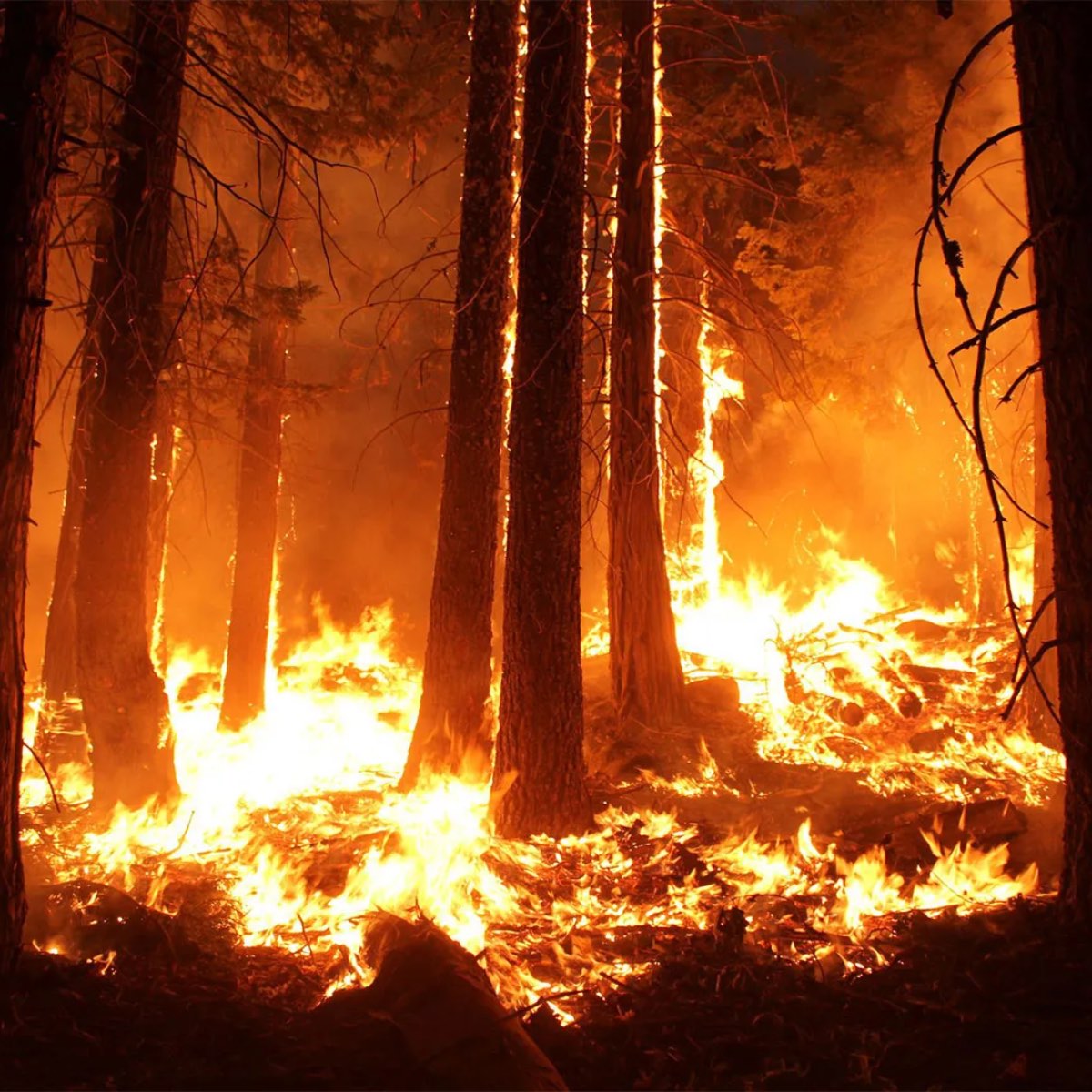Here we look at things you should consider when preparing for wildfires.
As the threat of wildfires continues to grow, taking proactive measures to safeguard homes and families has become increasingly crucial. With their frequency and intensity on the rise, wildfires pose a significant danger to communities, making preparedness a top priority. This comprehensive guide outlines nine critical steps to help you fortify your property and develop a robust plan of action against the ever-present wildfire risk. From creating defensible space around your home to preparing for evacuation and hardening your property against ember intrusion, these steps are designed to empower you with the knowledge and resources necessary to protect what matters most. Remember, proactive measures can mean the difference between safety and catastrophe in the face of a wildfire event.
Preparing for Wildfires: 9 Critical Steps to Protect Your Home and Family

1. Create Defensible Space Around Your Home
One of the most effective ways to protect your home from wildfires is to create a defensible space – a buffer zone around your property that can prevent the spread of flames and embers. Clear vegetation, debris, and combustible materials from the immediate vicinity of your home, extending outward for at least 30 feet. Consider creating additional zones of vegetation management up to 100 feet or more, depending on your property’s size and local regulations. Maintain landscaping with fire-resistant plants and materials to further reduce fuel sources.
2. Harden Your Home Against Ember Intrusion
Embers from wildfires can travel long distances and ignite new fires, making it essential to harden your home against their intrusion. Seal gaps and cracks in your home’s exterior, paying particular attention to areas where embers can accumulate, such as roof valleys, vents, and openings. Install ember-resistant vents and screens on windows and vents to prevent embers from entering your home. Use fire-resistant materials like tile or metal for roofing, siding, and decking to minimize the risk of ignition.
3. Prepare for Evacuation
In the event of a wildfire, having a comprehensive evacuation plan can save lives and minimize potential losses. Develop a family evacuation plan that includes designated meeting points, communication protocols, and assigned responsibilities. Pack emergency kits with essential supplies, such as non-perishable food, water, medications, and important documents. Familiarize yourself with evacuation routes and procedures, and be prepared to leave your home promptly when directed by authorities.
4. Install Fire-Resistant Fencing and Gates
Fencing and gates can play a crucial role in slowing the spread of wildfires and preventing their intrusion onto your property. Build fencing and gates using non-combustible materials like metal or concrete, and maintain a clear zone around them to prevent ignition from nearby vegetation. Ensure gates can be easily opened or removed during emergencies to allow for safe evacuation and access for firefighters.
5. Keep Gutters and Roof Clear of Debris
Gutters and roofs can accumulate leaves, twigs, and other combustible debris, creating a potential ignition source for wildfires. Regularly clean gutters and remove debris from roofs to reduce the risk of embers igniting these materials. Install gutter guards to prevent debris buildup, and ensure proper drainage to prevent water accumulation, which can contribute to the spread of fire.
6. Maintain a Ready Water Supply
Having a readily available water supply can be invaluable in defending your property against wildfires. Install and maintain a fire-resistant water storage tank or pool, and keep hoses and sprinklers accessible for firefighting efforts. Collaborate with neighbors to establish community water sources, such as fire hydrants or shared water tanks, to enhance preparedness and response capabilities.
7. Educate Your Family and Community
Empowering your family and community with knowledge and preparedness skills is crucial in the fight against wildfires. Provide fire safety training to family members, especially children, and participate in community preparedness events and workshops. Share wildfire prevention and response information with neighbors and friends to foster a culture of resilience and cooperation.
8. Stay Informed and Monitor Conditions
Stay vigilant by keeping abreast of weather forecasts, wildfire updates, and emergency alerts in your area. Monitor local news and official sources for evacuation orders and changing conditions, and be prepared to take action based on the latest information. Being informed and responsive can significantly improve your chances of staying safe during a wildfire event.
9. Maintain Defenses Throughout the Year
Wildfire preparedness is an ongoing effort that requires regular maintenance and updates. Conduct routine inspections and maintenance of your wildfire defenses, such as clearing debris, trimming vegetation, and ensuring emergency supplies are well-stocked. Update your emergency plans and supplies as needed, and remain vigilant and proactive in your preparedness efforts throughout the year.
Preparing for Wildfires: 9 Critical Steps to Protect Your Home and Family Conclusion
Protecting your home and family from the ever-increasing threat of wildfires requires a comprehensive approach and a commitment to proactive measures. By following the nine critical steps outlined in this guide – creating defensible space, hardening your home against ember intrusion, preparing for evacuation, installing fire-resistant fencing and gates, keeping gutters and roofs clear, maintaining a ready water supply, educating your family and community, staying informed, and maintaining defenses throughout the year – you can significantly enhance your resilience and readiness to face the challenges posed by wildfires. Remember, preparedness is key, and fostering a sense of community resilience and cooperation is essential in wildfire-prone areas. Take action today to safeguard what matters most and prioritize the safety of your loved ones.
Check out more disaster preparedness stuff here.
